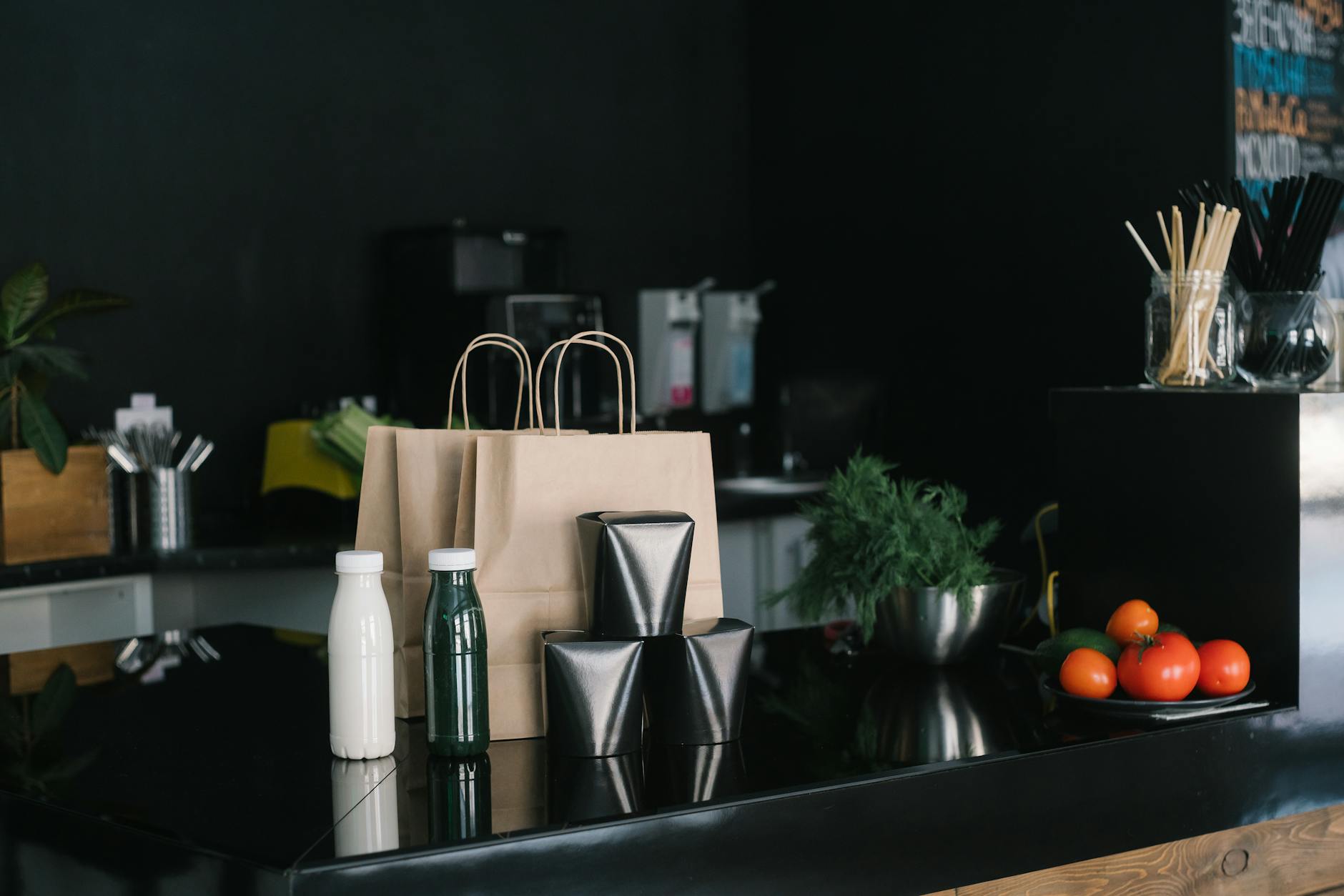Understanding Cooking Measurements
Cooking is part science, part art, and a big dollop of fun. But, hey, it’s no place for guessing games! Getting the right measurements is like your secret weapon for tasty eats. Whether you’re a recipe follower, a “let’s see what happens” kind of cook, or somewhere in between, knowing your way around the kitchen scale and measuring cups can mean the difference between a dish that’s spot-on and one that’s, well, not so much.
Why the Fuss About Measuring Accurately?
Ever tried baking cookies where the dough just spreads into one giant pancake instead of staying nice and round? Yeah, that’s what a pinch too much flour or butter can do. Getting those measurements on the nose means your dishes taste, look, and feel just right. Nobody wants a soggy cake or too-dry pasta! Using set units like cups and grams keeps things consistent, whether you’re trying grandma’s secret meatloaf or serving up your own culinary creation for the first time.
The Usual Suspects: Cooking Units You Need to Know
Cooking’s got its own lingo, and knowing it is half the battle. Here’s your typical measuring lineup:
| Unit of Measurement | Abbreviation |
|---|---|
| Cup | C |
| Tablespoon | tbsp |
| Teaspoon | tsp |
| Ounce | oz |
| Gram | g |
These are your go-to friends for dishing out both wet and dry stuffs. Each one plays its role in bringing your dishes to life. A well-measured spoonful can transform a charmless soup into a swoon-worthy masterpiece.
Understanding these basics sets you up for winning dishes every time. No matter if you’re just stringing together your first spaghetti Bolognese or wowing the neighbors with a signature dessert, nailing the measurement game is how you keep diners coming back for more. For more on how to swap between these measurements, don’t miss our article on how many grams are there in a cup. Happy cooking!
Converting 3/4 Cup to Grams
Ah, the delicate dance of cooking and baking! Precision isn’t just a nice-to-have here—it’s your best buddy. When you’re whipping up something tasty, knowing how to switch from cups to grams can be a total game changer. Let’s get some real-world help with converting 3/4 of a cup into grams for those pantry regulars.
Conversion Factors for Common Ingredients
Here’s a little cheat sheet for converting 1 cup of some kitchen staples into grams:
| Ingredient | Grams Per Cup |
|---|---|
| All-Purpose Flour | 125g |
| Granulated Sugar | 200g |
| Brown Sugar | 220g |
| Butter | 227g |
| Milk | 240g |
| Water | 240g |
| Rolled Oats | 90g |
What’s 3/4 Cup in Grams for Different Ingredients?
- All-Purpose Flour: 3/4 cup = 93.75g
- Granulated Sugar: 3/4 cup = 150g
- Brown Sugar: 3/4 cup = 165g
- Butter: 3/4 cup = 170.25g
- Milk: 3/4 cup = 180g
- Water: 3/4 cup = 180g
- Rolled Oats: 3/4 cup = 67.5g
Nailing the conversion game allows for seamless tweaks and adjustments, letting you shift between cups and grams without breaking a sweat. So whether you’re cooking for guests or just experimenting in the kitchen, you can trust these conversions to keep your delicious efforts consistent. Hungry for more know-how on kitchen math? Peek at our extensive guide on measurements for cooking.





